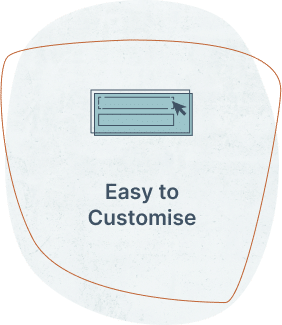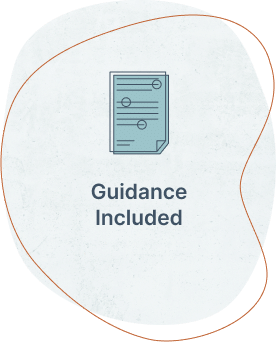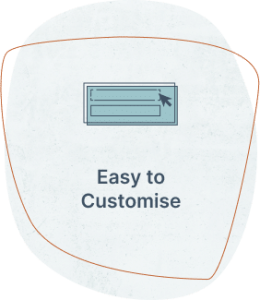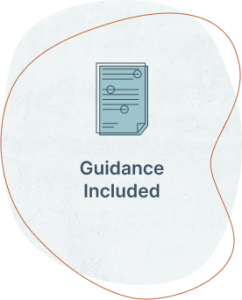Search
Affordable legal document templates written by experienced practising lawyers trusted by UK businesses and beyond
- Guidance notes included
- No hidden extras
- Easily customisable
Create your document in 3 Easy Steps
- Download
- Customise
- Share & Sign
Option to Buy or Sell Shares
Template documents for options over shares which, if exercised, would lead to the sale and purchase of the shares in the future.
why our
customers value us
I find what I need easily on the Paperrock website and I've been impressed by the comprehensive guidance. The documents consistently match the quality I have seen from in-house and external law firms in my previous roles. I'd highly recommend.
Gavin, MD | SC Transformation
Options to buy and sell shares with paper rock docs
What is a share option?
An option is a legal right that one party (or both parties) can exercise in the future, subject to the satisfaction of any specified conditions. If the optionholder decides to exercise the option, the transaction related to the option will then be completed. In the case of an option over shares, the sale and purchase of the shares will then occur.
A share option can refer to several different arrangements:
- an option to buy or sell shares between a buyer and a seller
- an option granted by a company, often to an employee, allowing them to acquire shares in the company as an incentive and reward for performance (an “employee share option”)
An option can be structured as:
- a call option – the buyer has the right to call for the sale of the shares
- a put option – the seller has the right to require the buyer to purchase the shares
- a put and call option – both buyer and seller have the right to require the sale and purchase of the shares
This section includes template documents for options for the purchase or sale of shares.
What are put and call options?
A put option is the right of a seller – as the holder of shares, the seller has the option to require (by exercising the put option) a third party to purchase those shares. In this case, the seller is the optionholder.
A call option is a right of a buyer – the buyer can require (by exercising the call option) the holder of shares to sell those shares to the buyer. Here, the buyer is the optionholder.
Option transactions can be structured as a put option, a call option or both a put and a call option. The choice depends on the commercial terms negotiated by the parties. If the transaction includes both a put and a call option, either the seller or buyer can exercise their option according to the time sand conditions specified in the agreement.
Main features of put and call options
-
- option shares: identifying the shares subject to the option
- option period: the timeframe (the option window) during which the option can be exercised
- option conditions: any pre-conditions that must be met before the option can be exercised
- option price: the price the buyer will pay for the shares, which could be a fixed amount or determined by a formula, such as a multiple of the company’s profits
- option exercise and completion: the process for exercising the option and the subsequent sale and purchase of the option shares
- warranties and undertakings from the seller relating to the option shares











